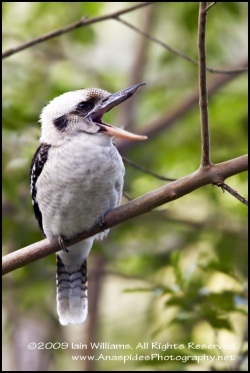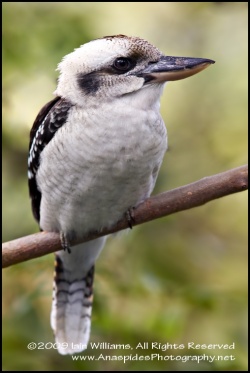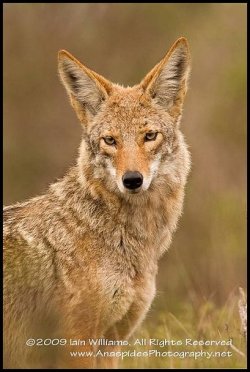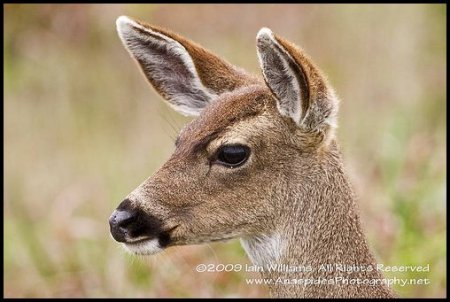A Lull in Travel, Catch-up time & Australian Kingfishers
 Saturday, August 8, 2009 at 11:00PM
Saturday, August 8, 2009 at 11:00PM  There is a lull in travel at the moment and I've been utilzing the time to sort, keyword and post process many of the images I took recently on my US Yosemite National Park. This has been in addition to preparing for two seperate 3 day trips to northern Tasmania to photograph Tasmanian Devils.
There is a lull in travel at the moment and I've been utilzing the time to sort, keyword and post process many of the images I took recently on my US Yosemite National Park. This has been in addition to preparing for two seperate 3 day trips to northern Tasmania to photograph Tasmanian Devils.
However, I did manage to catch some time in Brisbane (Queensland, Australia).
During my stay I noticed this Laughing Kookaburra (Dacelo novaeguineae) hanging out in the trees in front of my parent's house. Not wanting to miss an opportunity, and having my 300 2.8 lens with me, I took the opportunity to grab a few snaps before thre kookaburra decided to fly away to find something more interesting to occupy its time with.
Kookaburras belong to the Kingfisher family and there are two species in Australia; the one shown here and a northern species called the Blue-winged Kookaburra. All kookaburras are carnivorous and their favourite food is often small lizards and moderately sized snakes. I have obsevred kookaburras catching and killing highly venomous brown snakes. This just proves that predation from the air is the wiorst nightmare for many terrestially bound animals!

The "Laughing Kookaburra" is known by its name for its "laugh" which it uses to greet its mate after periods of absences. It can be heard at any time of day but most frequently shortly after dawn and especially when the colour drains from the forest after sunset.
One bird starts with a low, hiccupping chuckle, then throws its head back in raucous laughter: often several others join in. If a rival tribe is within earshot and replies, the whole family soon gathers to fill the bush with ringing laughter. Hearing kookaburras in full voice is one of the more extraordinary experiences of the Australian bush, something even locals cannot ignore.
I'll try and figure out a way to install a MP3 file so that you can hear the laugh, so cruise back soon to see if I've figured out how to install a sound file.
 Dacelo novaeguineae,
Dacelo novaeguineae,  Kingfisher,
Kingfisher,  Laughing Kookaburra,
Laughing Kookaburra,  Portrait,
Portrait,  Queensland in
Queensland in  Australia
Australia 



